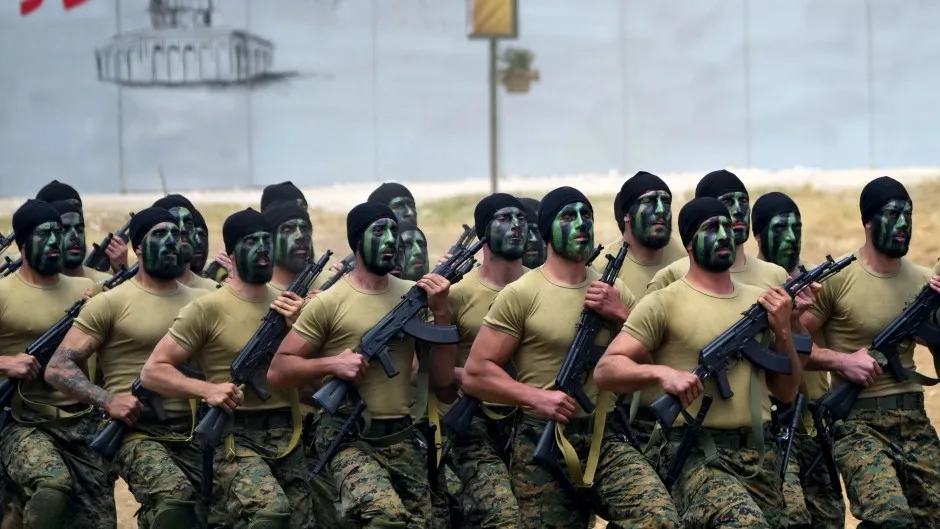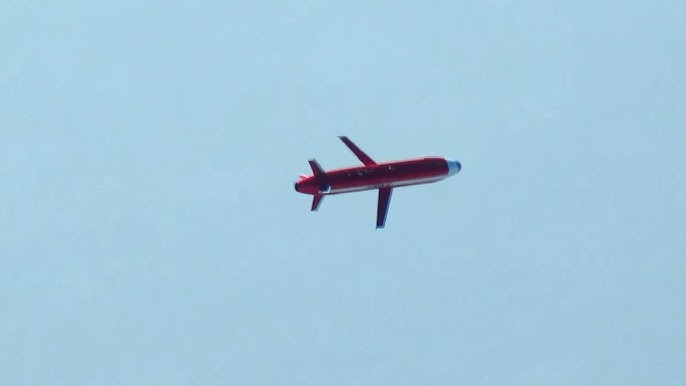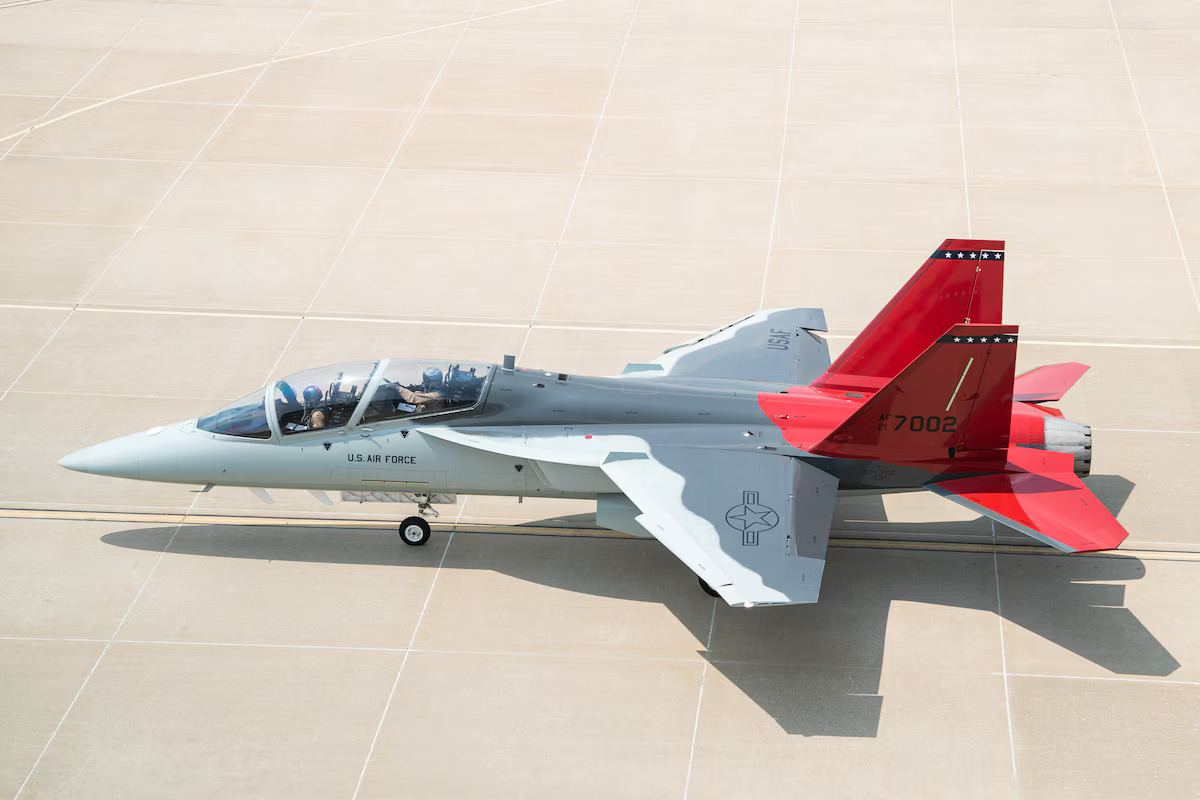Lebanon-based Hezbollah, following the ideology of Wilayat e Faqih as developed by Iran’s late supreme leader Ayatollah Ali Khomeini, was founded by Iran in 1982 and is a transnational Shiite organization. Since its existence, it has been carrying out activities against its own and Iran’s enemies in Lebanon and across its border, due to which the US and many other countries have tagged it a “terrorist organization”
The organization runs an enormous social services network including hospitals, schools, vocational institutions, and charities in mainly Shiite zones of Lebanon, which has earned it the appreciation and funding of a community traditionally neglected by the Lebanese state. Hezbollah also holds parliamentary and ministerial representation in Lebanon’s government through its “Loyalty to the Resistance”.
Organizational Structure
Hezbollah’s organizational structure has evolved since its establishment in 1982. Its chain of command is comprised of the Shura Council at the top and five dependent specified Councils: the Executive, Judicial, Parliamentary, Political, and Jihad Councils. Each Council supervises several sub-entities that control Hezbollah’s affairs in different regions.
The Jihad Council
The Jihad Council was founded by Nasrallah himself in late 1995. Hashem Saffi-ud-deen who was a member of the Shura council, was appointed as the chairman of the Jihad council. When the Jihad Council reviews that armed action is mandatory, it makes its proposal to the Shura Council for its approval. The Shura Council, in turn, obtains approval from the Wali al-Faqih, who has the ultimate say on such issues. The Hezbollah’s military wing is divided into several units which contain Badar, Aziz, Jalil, Nasr, Radwan, and Amphibious Warfare units.
The Ridwan unit was founded in 2008 and functions as a complement to Hezbollah’s Special Forces. Some sources state that the Radwan Unit is only installed into battle in special circumstances. It was founded after the assassination of Imad Mughniyeh in 2008, taking its name from his nom de guerre, al-Hajj Radwan. Later on, it was commanded by Haytham Ali Tabatabaei [Abu ‘Ali Al- Tabatabaei]). The Radwan unit insignia consists of a drawing of the Lebanese cedar tree, a roaring lion, and a sword. The green Lebanese cedar is the Lebanese national tree that symbolizes strength. The roaring lion holds the “Dhu al-Faqar”- the sword of Ali bin Abi Taleb.
Read More: Hezbollah, Iran, and Israel: What’s Next After Nasrullah?
Hezbollah’s Weapons and Arsenals
Land Attack Missiles and Rockets
Hezbollah’s arsenal involves mostly small, man-portable, and unguided surface-to-surface artillery rockets. Even though these devices deficit accuracy, their utter number makes them valuable weapons of terror. According to Israeli sources, Hezbollah held around 15,000 rockets and missiles on the eve of the 2006 Lebanon War, firing nearly 4,000 at Israel over the 34-day conflict. Since then, Hezbollah has enlarged its rocket collection, today estimated at 130,000.
- 107 & 122 mm ‘Katyusha’ Rockets: Hezbollah runs various Katyusha models, which are typically distinguished by their range (4-40 km), warhead (10-20 kg, high explosive (HE) or submunitions), and launch weight (45-75kg). The 122 mm 9M22 Grad-type is one of the more popular Katyusha variants today.
- Fajr-1 / Chinese 107 mm Rockets: China sold the 107 mm rockets to Syria and a reported 500-700 units to Iran. Iran afterwards developed local copies of the rocket (renaming it Fajr-1) and the MRL (renaming it Haseb). Iran is reported to have supplied Hezbollah with almost 144 Haseb-type launchers and an unknown number of accompanying rockets. These rockets have a range of 8-10 km and use an 8 kg high explosive (HE) fragmentation warhead. Different models vary between 0.841 m to 0.92 m in length and weigh nearly 19 kg. The rockets may be manually ground-launched or fired through the Haseb-type launchers acquired from Iran.
- Falaq 1/2: Falaq is a family of unguided surface-to-surface artillery rockets developed by Iran in the 1990s. The Falaq-1 has a range of 10-11 km while carrying a 50 kg high explosive (HE) warhead. The Falaq-2 also has a range of 10-11 km but takes a 120 kg HE warhead. The Falaq-1 and 2 are solid-fuelled, spin-stabilized, and can be launched from trucks or boats.
- 333 mm Shahin-1: The Shahin-1 is an unguided heavy artillery rocket developed by Iran. It has a range of 13 km while carrying a 190 kg high explosive (HE) warhead.
- 122 mm Type-81 Rocket: Hezbollah’s Type-81 rocket is an improved-range 122 mm rocket and might fall under the broader Katyusha label. It has a range of 20.5 km while fitted with a high explosive (HE) warhead, reportedly carrying 39 MZD-2 or Type-90 submunitions.
- Fajr-3 and Fajr-5: The Fajr is a family of Iranian-designed, unguided surface-to-surface artillery rockets developed in the 1990s. The Fajr-3 has a range of 43 km while carrying a 45 kg high explosive (HE) warhead while Fajr-5 has a range of 75 km while carrying a 90 kg high explosive (HE) warhead.
- Raad-2 and Raad-3: The Raad-2 and Raad-3 rockets have a range of 60-70 km with a 50 kg high explosive (HE) warhead, which is filled with 6 mm anti-personnel steel balls.
- 302 mm Khaibar-1: The Khaibar-1 rocket is an unguided artillery rocket, developed and manufactured by Syria. Reports suggest the Khaibar-1 is based heavily on the Chinese Wei Shi (WS-1) MRL system. The rocket is named after the 629 CE Battle of Khaibar, fought between early Muslims and resident Jews. The Khaibar-1 has a range of 100 km while carrying a 150 kg payload. It is typically equipped with large, anti-personnel warheads. The Khaibar-1 is unguided but more accurate than most indigenous Hezbollah/Hamas rockets and can be stored more easily due to increased durability.
- Zelzal-1 and Zelzal-2: The Zelzal-1 has a range of 125-160 km while carrying a 600 kg high explosive (HE) warhead. The Zelzal-2 has a range of 210 km while carrying a 600 kg HE warhead. The solid-fuel rocket shares the same length and diameter as its predecessor but has an increased launch weight of 3,400 kg. It is also spin-stabilized.
- Fateh-110 / M-600: The Fateh-110 is an Iranian short-range, road-mobile ballistic missile. It is most likely a modified version of the unguided Zelzal-2, with the addition of control and guidance systems. The Fateh-110 and M-600 have ranges of 250-300 km, making them among the longest-ranged weapons in Hezbollah’s inventory. Both missiles carry a 450-500 kg high explosive (HE) warhead and are GPS-guided.
Anti-tank Missiles:
- RPG-29: The RPG-29 has an operational range of 450-500 meters while carrying a 4.5 kg anti-tank or anti-personnel grenade.
- 9M14 Malyutka: It has an effective range of up to 3 km while carrying a 2.6 or 3.5 kg warhead. The Iranian variant, known as ‘Raad,’ carries a double tandem-type warhead, which was designed to counter reactive armour like that used on many Israeli vehicles. It can penetrate 400 mm thick armour.
- 9K111 Fagot: This second-generation ATGM has an effective range of up to 2.5 km and can penetrate 480 mm thick armour.
- 9M113 Konkurs: It has an effective range of 4 km and armour penetration of more than 750 mm. An Israeli report suggests that Iran provided Hezbollah with native copies of the AT-5
- 9K115-2 Metis-M: It has an operational range of 1.5 km, and can fire up to four rounds a minute. The rocket is equipped with a tandem-shaped warhead, which was devised to counter reactive armour like that used on many Israeli vehicles. It can penetrate up to 460 mm thick armour.
- 9M133 Kornet-E: It is likely Hezbollah’s longest-range third-generation ATGM, with an effective range of about 5 km while carrying an anti-armour or bunker-busting thermobaric warhead. It can penetrate armour up to 1200 mm thick. The system also has thermal-imaging capability for night warfare and tracing heat signals.
Assault and Battle Rifles:
Currently, Assault and Battle Rifles used by Hezbollah fighters are
- AK-47 (7.62x39mm)
- AKM (7.62x39mm)
- AK74 (5.56x45mm)
- M16 (5.56x45mm).
- M4 carbines (5.56x45mm – special forces only)
Some of the sniper rifles used by Hezbollah fighters are
- SKS Marksman Rifle (7.62x39mm)
- Dragunov SVD (7.62×54mmR)
- T-5000 Orsis, (7.62×51mm)
Machine guns used by Hezbollah fighters are
- PKM (7.62×54mmR)
- FN-MAG (7.62×51mm)
- M240 (7.62×51mm)
- M1919 Browning Machine Gun (7.62×51mm)

Table of Contents
ToggleMuhammad Ismail Mir
The author is a UK-based small arms expert and geopolitical analyst.
- Muhammad Ismail Mir
- Muhammad Ismail Mir
- Muhammad Ismail Mir
















One Response
Great job👍👍